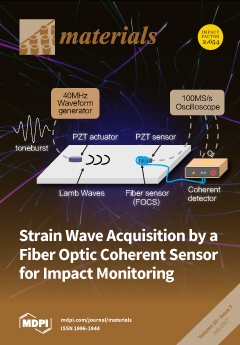Cultured Human Fibroblast Biostimulation Using a 940 nm Diode Laser 

Fibroblasts are the main cells involved in regeneration during wound healing. The objective was to determine the effect of 940 nm diode laser on cultured human fibroblasts using different irradiation regimens. Methods: The CCD-1064Sk human epithelial fibroblast cell line was treated with a 940 nm diode laser at different energy doses (power: 0.2–1 W and energy density: 1–7 J/cm2) using different transmission modes (continuous or pulsed). The effect on cell growth at 24 and 72 h post-treatment was examined by measuring the proliferative capacity, the impact on the cell cycle, and the effect on cell differentiation. Results: fibroblast proliferative capacity was increased at 24 and 72 h post-treatment as a function of the energy dose. The greatest increase was observed with a power of 0.2 or 0.5 W and energy density between 1 and 4 J/cm2; no difference was observed between continuous and pulsed modes. There were no significant differences in cell cycle between treated groups and controls. α-actin expression was increased by treatment, indicating enhanced cell differentiation. Conclusion: The 940 nm diode laser has biostimulating effects on fibroblasts, stimulating proliferative capacity and cell differentiation without altering the cell cycle. Further researches are necessary to explore its potential clinical usefulness in wound healing.
